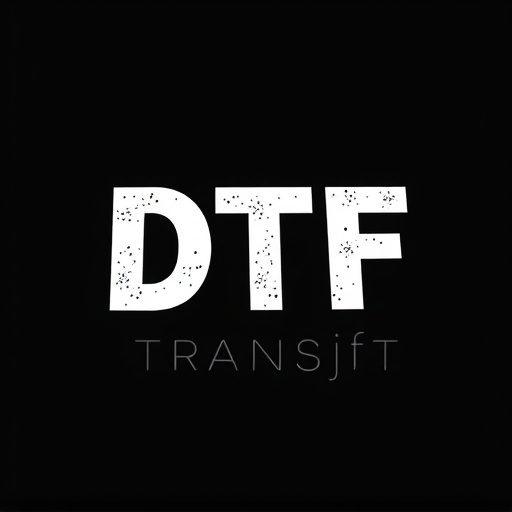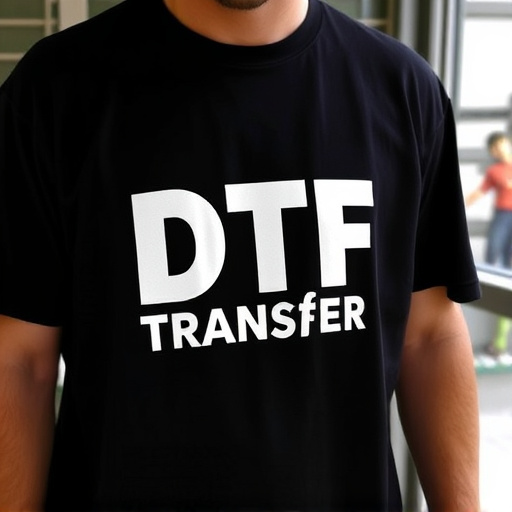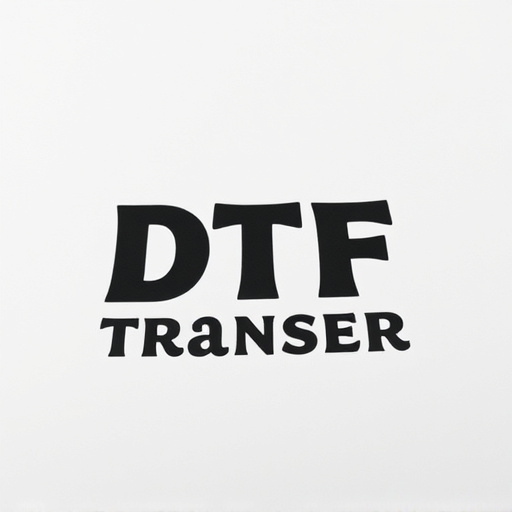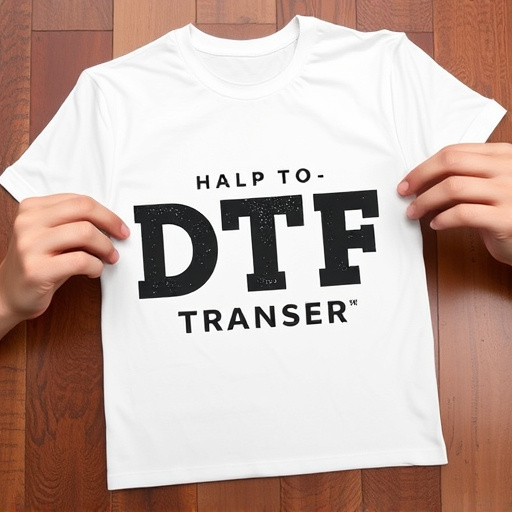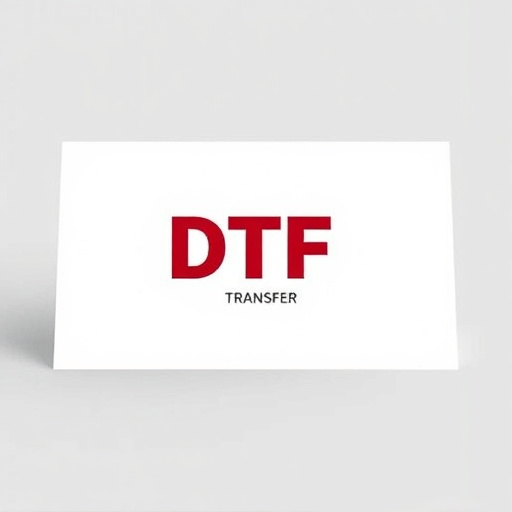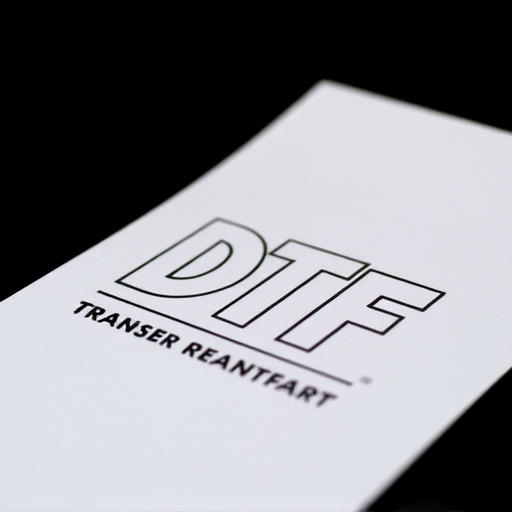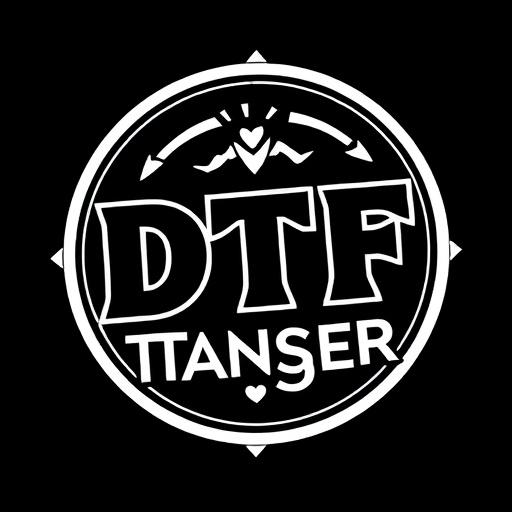Direct to Film (DTF) transfer is a cutting-edge printing technique that revolutionizes industry standards by eliminating traditional plate-making. It directly images onto film, streamlining workflows and delivering exceptional results in graphic arts and customization. DTF reproduces complex design elements with precision using UV light exposure, creating crisp lines, vibrant colors, and superior finishes. Its advantages include personalized products with intricate patterns and detailed graphics, maintaining speed and quality. Ideal for artistic illustrations, fashion, architecture, and historical documents, DTF preserves nuanced visual elements. This technology has transformed diverse sectors like fashion, signage, and packaging, offering versatile, high-quality printing solutions. Strict quality control ensures accurate reproduction, while future advancements aim to improve resolution, color accuracy, printing speeds, and automation.
“Unleash the power of intricate design reproduction with Film Transfers (DTF) – a revolutionary printing technology. This comprehensive guide explores the capabilities and advantages of DTF for bringing complex designs to life. From understanding the DTF process to its technical intricacies, we delve into how this method excels in capturing minute details. Discover diverse applications across industries, ensuring quality control in production, and gain insights into future trends shaping DTF’s impact on creative fields. Uncover why DTF Printing offers unparalleled results for your design needs.”
- Understanding DTF Transfer: A Comprehensive Overview
- The Advantages of DTF for Reproducing Intricate Designs
- Technical Aspects: How DTF Captures Complex Details
- Applications: Industries Benefiting from DTF Printing
- Quality Assurance and Control in DTF Print Production
- Future Trends: Evolving DTF Technology for Better Results
Understanding DTF Transfer: A Comprehensive Overview

The DTF (Direct to Film) transfer process is a revolutionary technique in the print industry, especially for creating intricate designs on various surfaces. It offers an advanced method of producing high-quality prints with exceptional detail and accuracy. This technology allows for direct imaging onto film, eliminating the need for traditional plate-making, which streamlines the printing workflow. With DTF, designers and printers can achieve remarkable results, making it a game-changer in the fields of graphic arts and customization.
DTF Printing enables the reproduction of even the most complex design elements with precision. The process involves exposing a film negative to UV light, creating a positive image that is then transferred onto various materials such as fabric, metal, or wood. This direct imaging results in crisp lines, vibrant colors, and an overall superior finish. DTF is particularly advantageous for custom orders, allowing businesses to offer personalized products with intricate patterns and detailed graphics without compromising on speed or quality.
The Advantages of DTF for Reproducing Intricate Designs
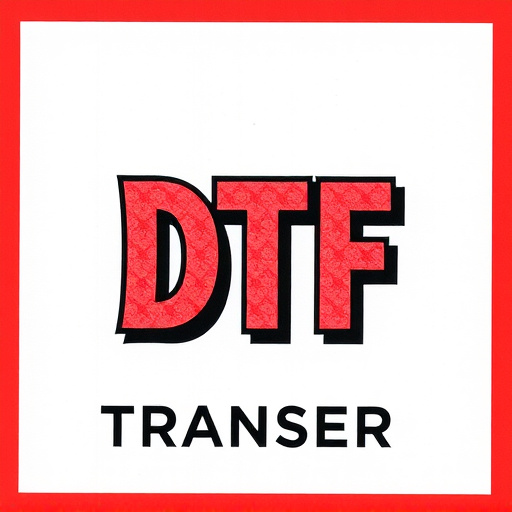
Direct-to-film (DTF) transfer offers unparalleled advantages when it comes to reproducing intricate design elements in print. Unlike traditional printing methods, DTF allows for a seamless and highly detailed replication of complex patterns, making it an ideal choice for creating exquisite prints. This process involves transferring ink directly onto film, which then acts as a precise mask, ensuring every delicate detail is accurately rendered on the final output.
With DTF, designers have the freedom to create intricate designs with fine lines, subtle gradients, and intricate textures without sacrificing quality or resolution. The technique’s ability to capture minute details makes it perfect for showcasing artistic illustrations, fashion patterns, or architectural blueprints, resulting in high-fidelity DTF prints that bring these creative visions to life.
Technical Aspects: How DTF Captures Complex Details
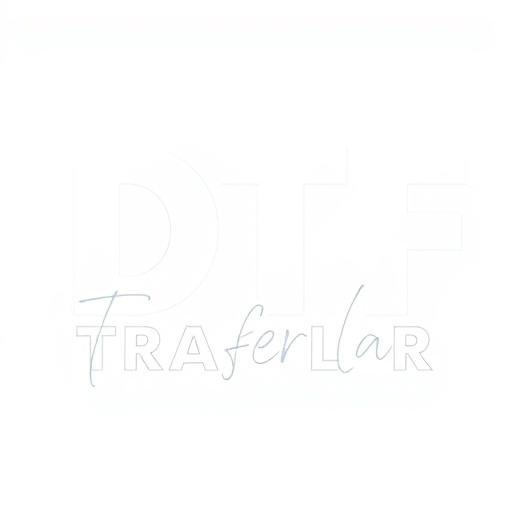
The Digital Transfer (DTF) process is a groundbreaking technique that revolutionizes the way intricate design elements are preserved and reproduced in film prints. Unlike traditional analog methods, DTF captures every subtle detail with remarkable accuracy. This advanced technology involves scanning high-resolution images at extremely high pixel density, ensuring even the tiniest lines and textures are captured. The digital data is then processed using specialized software to enhance and optimize the image quality, making it ready for printing.
DTF transfers excel in handling complex details due to their ability to maintain a vast array of colors and tonal values. They can accurately represent fine lines, subtle gradients, and intricate patterns found in original films. This level of detail preservation is particularly beneficial for artistic works, vintage posters, and historical documents where the nuanced visual elements are integral to the overall aesthetic and historical significance. DTF printing offers a reliable method to recreate these delicate designs, ensuring their longevity for future generations to appreciate.
Applications: Industries Benefiting from DTF Printing
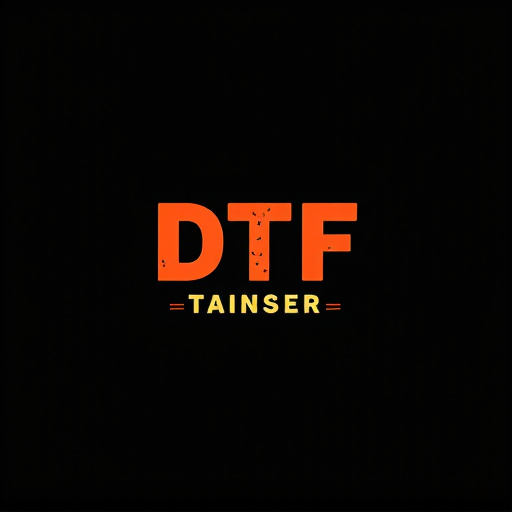
The versatility of Direct to Film (DTF) transfer technology has led to its adoption across various industries, each benefiting from the ability to reproduce intricate design elements with precision. From fashion and textiles to signage and packaging, DTF printing offers a game-changing solution for creating high-quality prints on a diverse range of materials. In the world of fashion, designers can now bring their creative visions to life by printing intricate patterns and detailed graphics directly onto fabrics, enabling them to stand out in a competitive market.
In the realm of signage and packaging, DTF transfers have revolutionized the way businesses create visually appealing and durable labels and markings. The technology enables the reproduction of complex designs, including fine lines, subtle gradients, and vibrant colors, resulting in DTF prints that are both aesthetically pleasing and long-lasting. This is particularly advantageous for industries where product identification and branding are essential, such as food packaging, medical devices, and automotive components.
Quality Assurance and Control in DTF Print Production
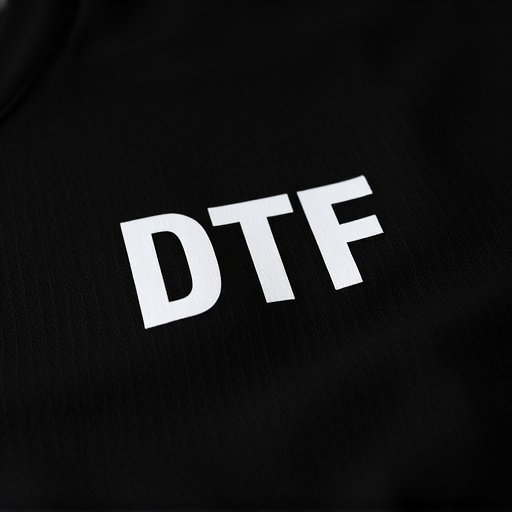
In the realm of DTF (Direct to Film) transfer and printing, quality assurance and control are paramount. The intricate design elements that DTF prints can reproduce require meticulous attention during each step of production. From initial file preparation to final print inspection, every detail is scrutinized to ensure the highest level of accuracy and sharpness in the finished products. Advanced quality control measures involve using high-resolution imaging equipment to verify color consistency, resolution, and the precise placement of design elements on the film.
This rigorous process involves not only technical expertise but also a keen eye for aesthetics. Professionals in DTF print production must be adept at identifying subtle variations that could impact the final prints, such as slight misalignments or color casts. Regular calibration of printing equipment and consistent use of high-quality films are essential practices to maintain consistency across batches. By adhering to these stringent standards, DTF printing offers a superior level of detail preservation for intricate design elements, making it a preferred method for creating vibrant, fine-art prints.
Future Trends: Evolving DTF Technology for Better Results

As technology continues to march forward, Digital Thermal Transfer (DTF) printing is expected to evolve significantly, further enhancing its capabilities for intricate design reproduction. Future trends point towards improved resolution and color accuracy, enabling DTF transfers to capture even the smallest details with remarkable clarity. Researchers are also exploring new materials and heat-sensitive inks that can expand the color gamut, ensuring more vibrant and realistic prints.
Additionally, advancements in printing speed and efficiency will make DTF an even more viable option for large-scale production, catering to diverse industries from fashion to signage. Automation and smart integration with design software could streamline the process, making DTF Printing more accessible and cost-effective. These innovations hold promise for creating high-fidelity DTf prints that rival traditional printing methods in terms of quality and complexity, pushing the boundaries of what’s achievable in digital thermal transfer technology.



